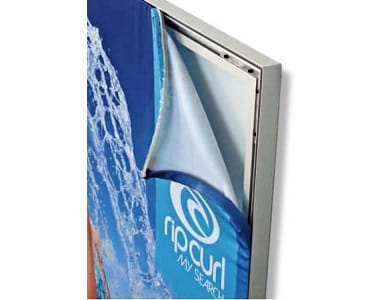
Digital signage has been becoming increasingly popular over the years. Not only that, nearly everything is transitioning to digital.
- Paper invoices are going digital.
- Faxes are nearly extinct. Email has taken over.
- Even our money is going from paper to digital. Fewer and fewer people are carrying cash. Next thing you know, cryptocurrencies like Bitcoin will be the global currency.
But not everything is going digital yet.
In retail, one of the most common signage is fabric frames. These are fabric prints wrapped into an aluminium frame.
On the surface, digital signage is better in all areas compared to fabric frames.
- You can load multiple graphics onto a single digital signage and get it to loop repeatedly.
- You can change graphics almost instantly from anywhere in the world.
- You can show certain graphics depending on different situations. For example, promote product A if the weather drops below 20 degrees or promote product B if product A’s stock is running low.
- You can use videos which is more interactive than a static signage.
With that said, we still think overall fabric frames is a better signage than digital signage. Here are four reasons why.
Why fabric frames are still better than digital signage
1. Low upfront costs
This is the biggest one. Most people don’t take the huge upfront capital cost of a digital signage into consideration. Not forgetting the ongoing and maintenance costs involved such as content management, labour costs for installation and maintenance, and electricity costs.
For a 55″ screen, it would cost you approximately $2,000 upfront excluding installation and any ongoing and maintenance costs.
A fabric frame of an equivalent size would cost you approximately $200.
$2,000 vs $200.
2. No recurring and maintenance costs
A digital signage has multiple moving parts.
- TVs
- Media players
- CMS software
- Networking
If either one of those components goes down, the signage will stop functioning.
Here is an example of what goes on behind the scenes for a digital signage to operate.
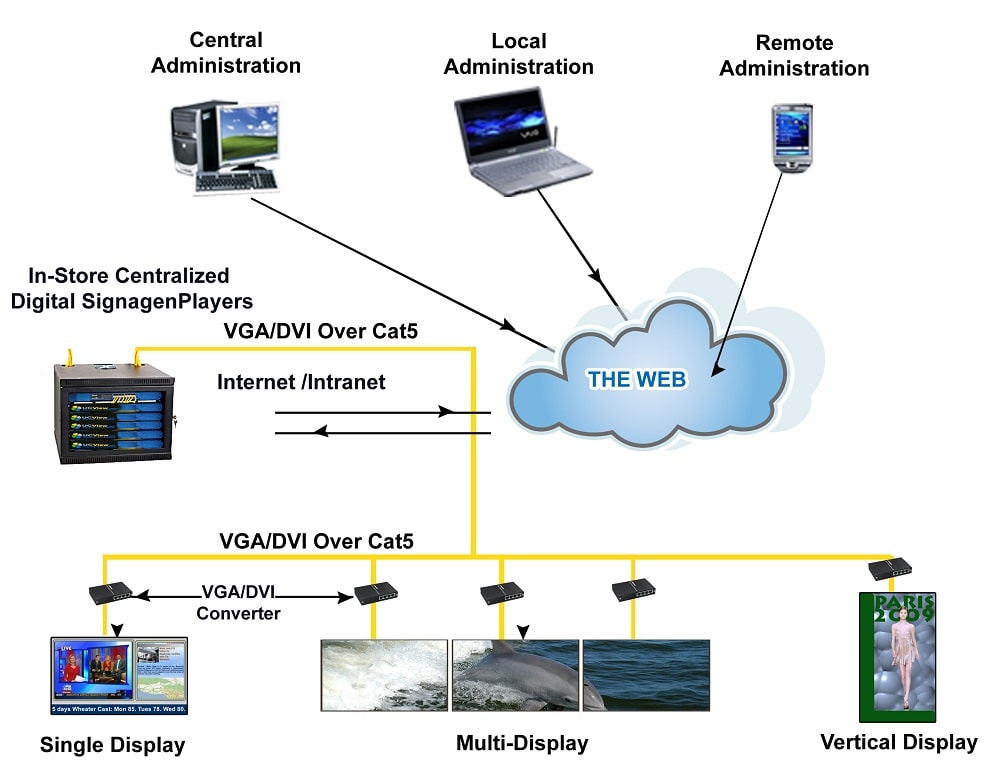
What about a fabric frame?
A fabric frame has only two components – the frame and the print.
You don’t need electricity (unless it’s backlit). You don’t need the internet. You don’t need a CMS. It just works.
3. For larger signage, fabric frame looks better
When creating a large digital signage, you have to tile multiple screens together. Because of that, you will see bezels between the screens.
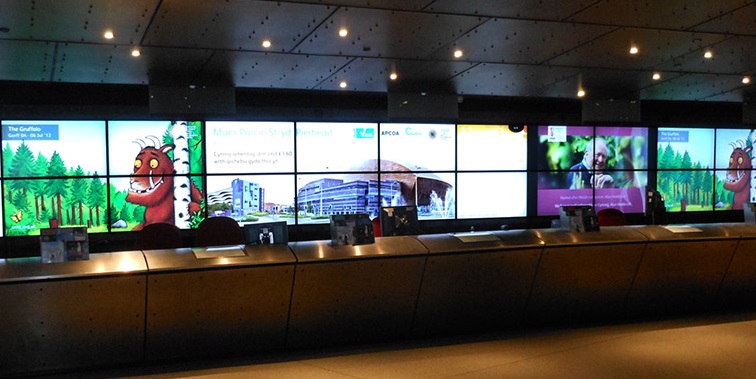
For a fabric frame, the aluminium frame and fabric print can be customised to suit any size. With this, you get a 100% seamless look without any bezels interrupting the graphic.

4. Dollar for dollar, fabric frame grabs more attention
With $2000 you get a 55″ digital signage. With that same amount, you can get a 12m long fabric frame. That is almost equivalent to the length of a bus.
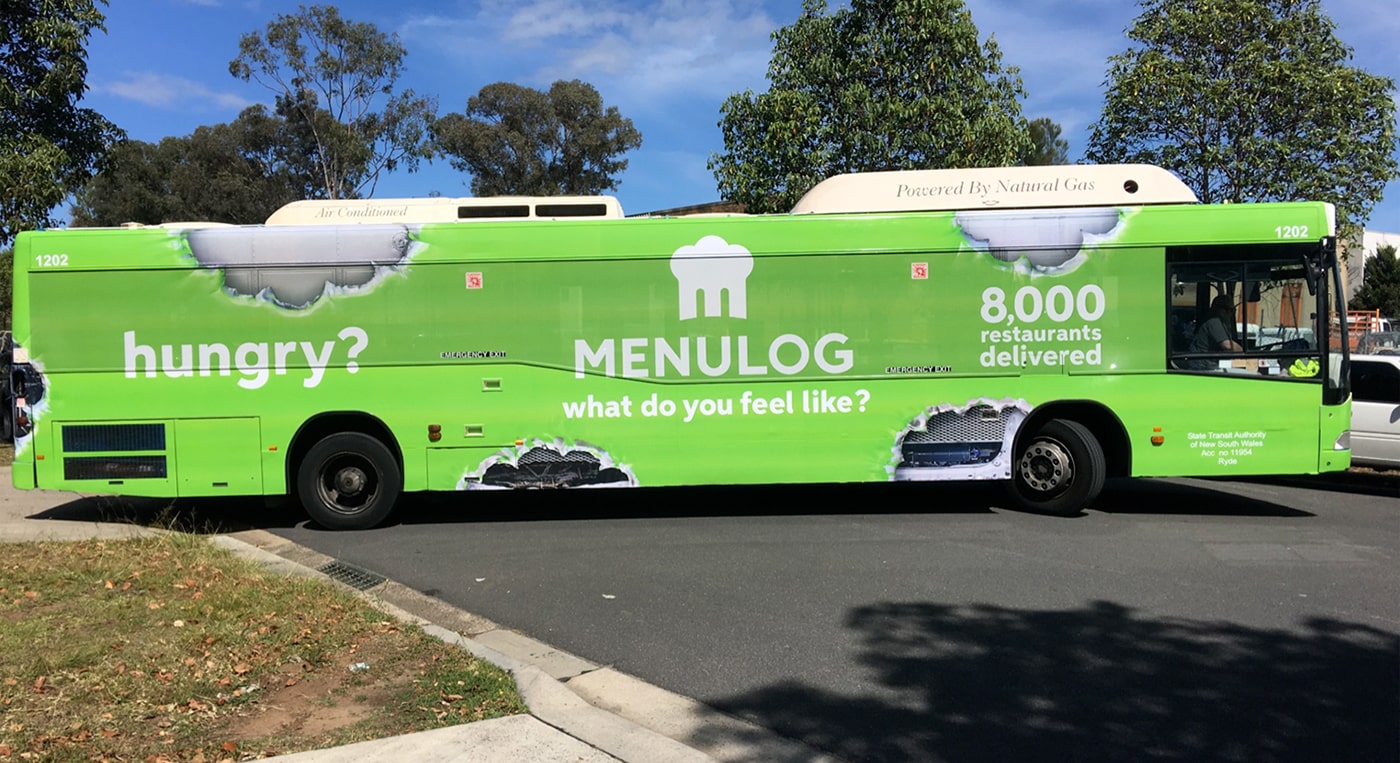
Real life examples
Apple
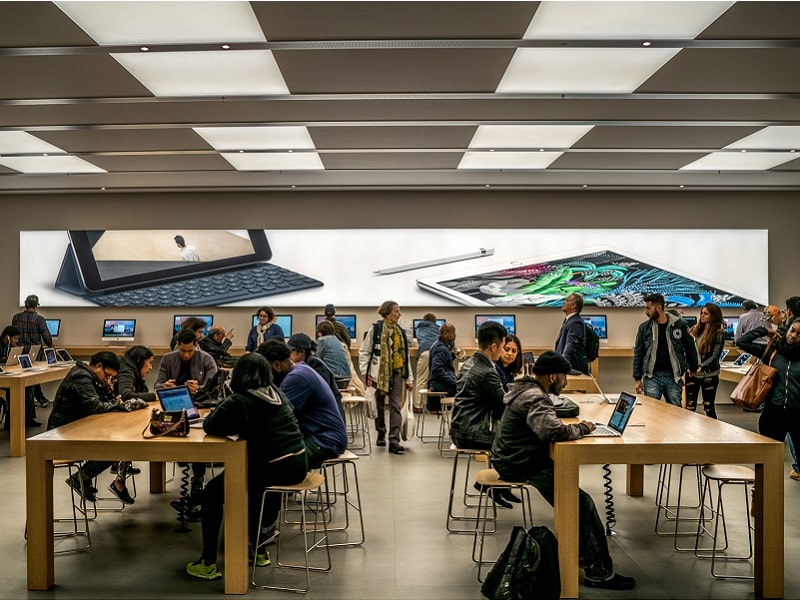
Tesla
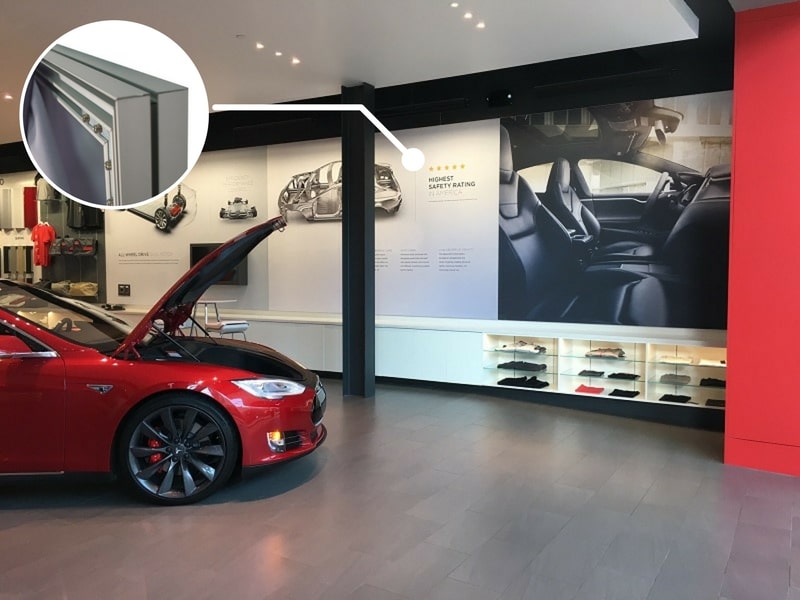
Summary
Fabric frame continues to be a popular signage choice among retailers especially for high-end luxury retailers such as Apple, Tesla, Tag Heuer, and Prada. The reasons are:
- Lower upfront costs.
- No recurring and maintenance costs.
- Fabric frame looks better than digital signage when it is larger.
- Dollar for dollar, fabric frame grabs more attention. Isn’t this the ultimate goal of a signage?
